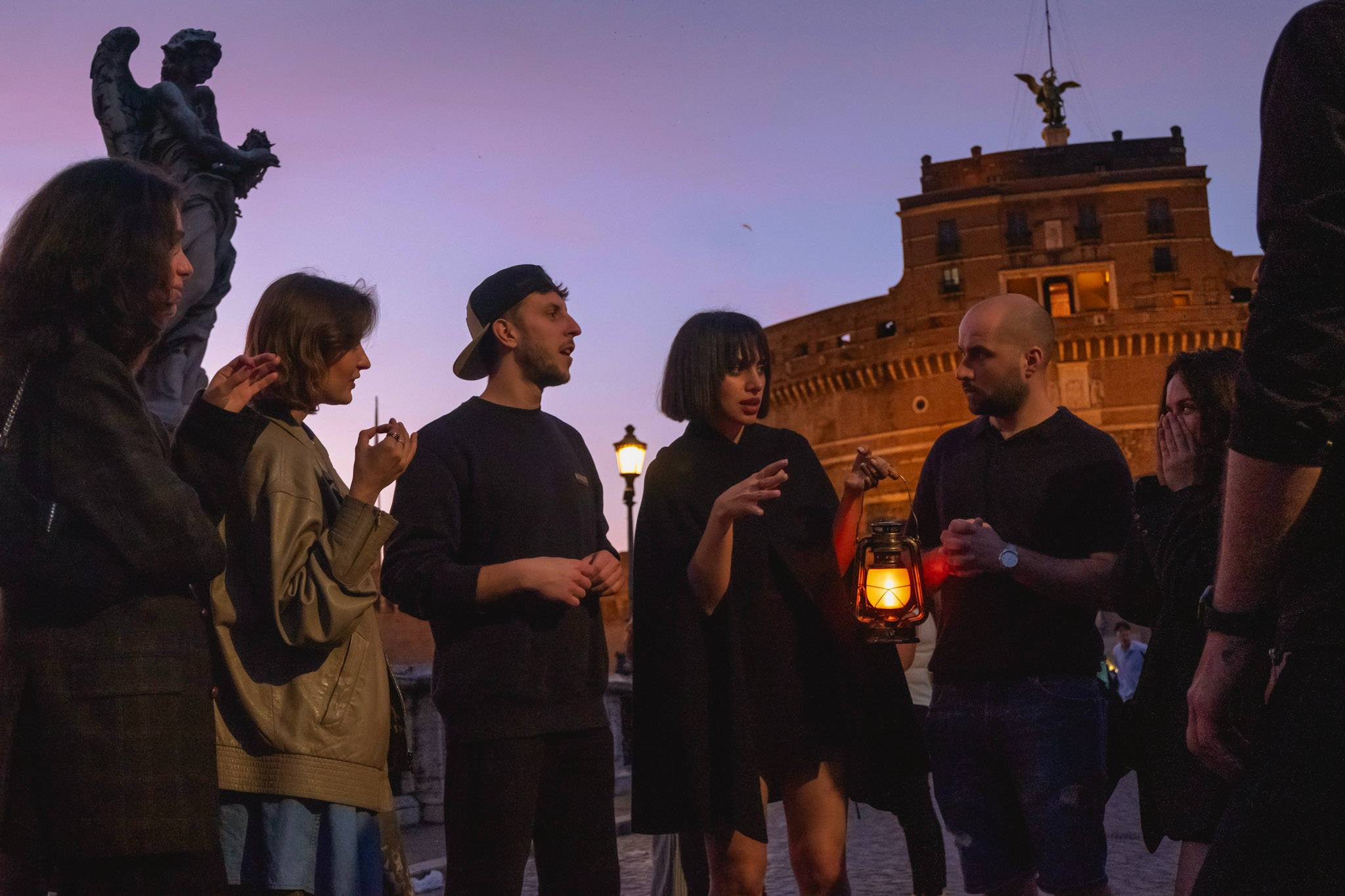
Guided TourFrom €25.00
Seriously Scary Rome Ghost Tour
Rome is alive with tales of its haunting past, echoing through its cobblestone streets and ancient ruins. If the stones could speak, they would share stories of grandeur, betrayal, and tragedy—but none could chill the bones quite like that of Beatrice Cenci.
According to legend, every year on the night of September 10th, Beatrice Cenci’s ghost appears on Sant’Angelo Bridge, dressed in white and carrying her severed head. Who was Beatrice Cenci, and why does her tale grip the imagination of so many generations?
A Life Without Hope
Beatrice Cenci’s story is one marked by injustice and betrayal. Born into a prominent Roman family in 1577, her life was far from privileged. The grandeur of her family’s palace, Palazzo Cenci, may have sparked envy among onlookers, but inside, the atmosphere was one of cruelty and abuse, led by her father, Count Francesco Cenci.
As you walk past its weathered façade during our Rome Ghost Tour, you can almost feel history’s weight. Within those palace walls, Count Francesco’s depravity had no limits.
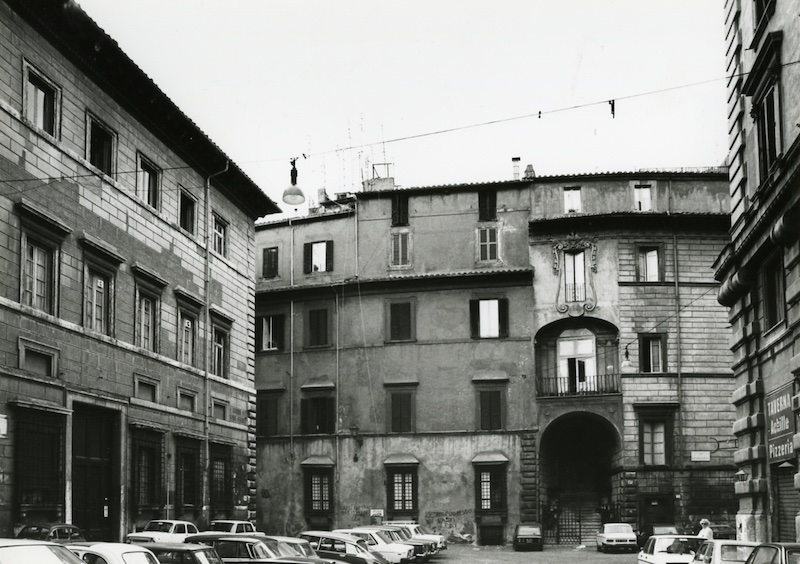
Francesco was involved in numerous heinous acts, even arranging for a hitman to kill a young girl who rejected his advances. He was imprisoned twice for his crimes, but his status within the Roman elite secured his swift release. At home, he subjected his family to physical and emotional abuse, and it is alleged that he sexually exploited his daughter Beatrice, with whom he developed a disturbing obsession.
When Beatrice sought help from the authorities, her father learned of her betrayal. Subsequently, Beatrice was exiled to the family’s castle in Petrella Salto, a remote village in the mountains northeast of Rome. Here, Beatrice united with her stepmother, Lucrezia, and her brothers, Giacomo and Bernardo, to finally confront Francesco’s nightmarish abuse.
What unfolded in the Cenci family’s castle in 1598 was a desperate bid for survival that erupted into a series of horrific events. Initially, Francesco was drugged when two vassals (one being Beatrice’s lover) poisoned his wine. When he was incapacitated, they brutally killed him with a hammer and disposed of his body by throwing it off a balcony to stage it as an accident.
When Francesco failed to return to Rome, authorities became suspicious and dispatched papal police for an investigation. Skeptical of the accidental death narrative, they tortured Beatrice’s lover, ultimately leading to his death without him revealing the truth. Fearing the second vassal might also break, a family friend ensured his death too.
With both vassals dead, focus shifted to the Cenci family. Beatrice faced the Strappado, a brutal form of torture where her arms were bound behind her back and hoisted into the air, dislocating her shoulders and inflicting unimaginable suffering. Under such torment, the twenty-two-year-old eventually broke down, as did her stepmother and brothers—who could withstand it? Thus, their fates were sealed.
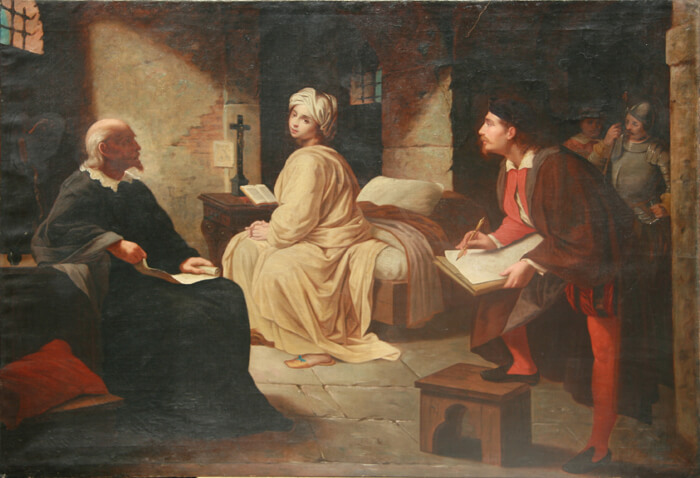
While the Pope and Roman nobility demanded her execution, the public sympathized with Beatrice, familiar with her father’s monstrous nature; heinous rumors of incest circulated throughout the city. However, Pope Clement VIII, concerned about potential high-profile assassinations, sought to make an example of her.
The Turbulent Execution of Beatrice Cenci
On September 11th, 1599, Beatrice Cenci was taken to the scaffold on Sant’Angelo Bridge. The site was slick with the blood of her brother, Giacomo, who had his skull crushed before his body was dismembered, and of her stepmother Lucrezia, whose headless torso was being dragged away. Beatrice placed her head upon the executioner’s block and spoke: “Lord, you call me, and I follow willingly, for I seek your mercy.” Her life ended beneath the swing of an axe.
She was merely 22 years old.
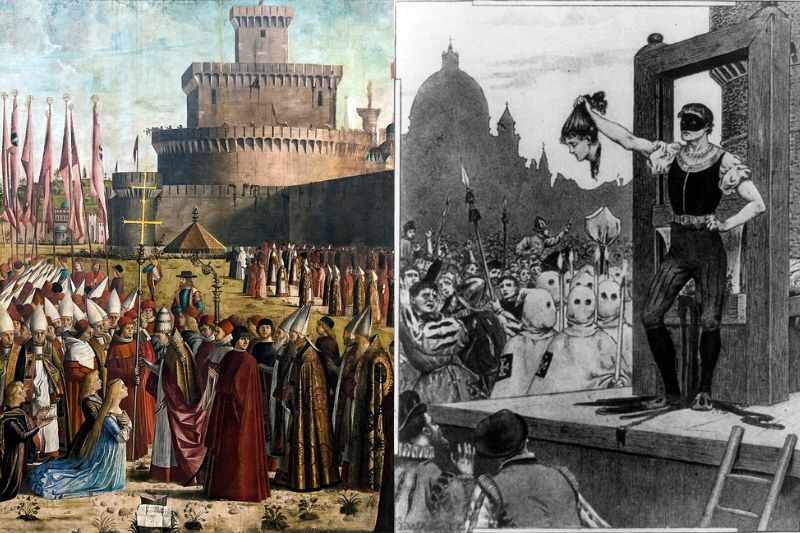
Chaos surrounded her execution. The sweltering summer of 1599 led to a crush among the assembled crowds. Many fainted, and blood flowed freely; several individuals fell into the River Tiber, drowning in the tumult.
It is believed that the artist Caravaggio was present during Beatrice Cenci’s execution. It is noteworthy that his painting Judith Beheading Holofernes was created at this time, and while it may not directly depict Beatrice’s last moments, its dramatic intensity resonates with the memories of others.
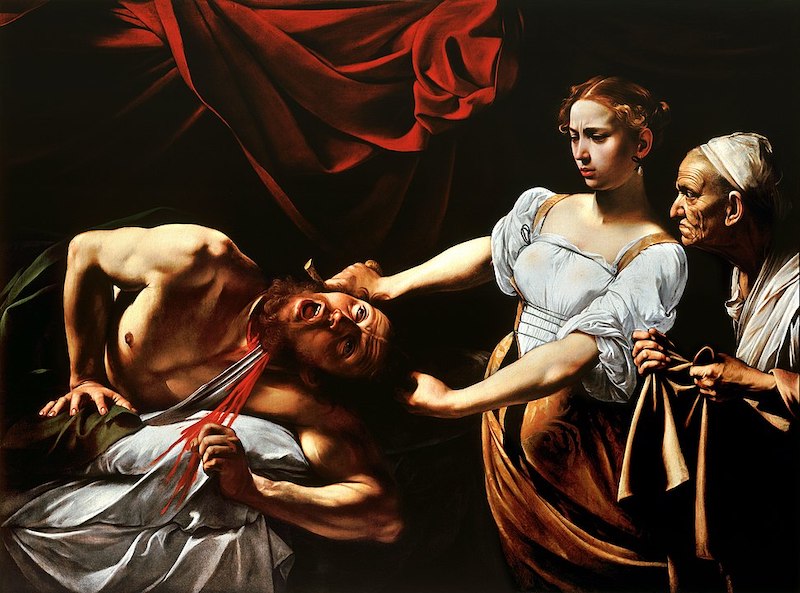
Beatrice Cenci’s Legacy in Rome
One of the most intriguing aspects of Beatrice Cenci’s narrative is its deep connection to real locations across Rome. Palazzo Cenci and Sant’Angelo Bridge are the most notable, but a closer look reveals additional significant sites.
In 1999, Rome commemorated Beatrice with a plaque on Via Monserrato, the historic site of the Corte Savella prison where she was held prior to her execution. Located just a few steps away from Piazza Farnese, home to the grand French Embassy, the plaque reads: “From here, where the Corte Savella prison once stood, on September 11, 1599, Beatrice Cenci marched toward the scaffold, an exemplary victim of unjust justice. S.p.q.r. 1999.”
Unlike cities where ghost tales feel isolated from their contexts, Rome’s well-preserved history enables a journey through time. Walking past places such as Palazzo Cenci and Sant’Angelo Bridge, largely untouched by contemporary development, provides a sense of connection to the past, as if these remarkable sites silently guard old secrets.
This preservation heightens the eerie atmosphere of our Rome Ghost Tour; as you hear the stories, you stand in the very locations where those events unfolded.
As night falls, Rome transforms, with the glow of streetlights casting haunting shadows and the gentle rush of the River Tiber seemingly carrying whispers of history. A palpable heaviness envelops Castel Sant’Angelo, where Beatrice’s ghost is most frequently sighted. Some claim the bridge itself trembles under the weight of her sorrow.
The Enduring Legacy of Beatrice Cenci
Beatrice Cenci’s tale resonates as both a cautionary narrative and a symbol of defiance against unfairness and the arrogance of high society. While her life was tragically cut short, her memory lives on, sustained by the echoes of history and the stories that continue to circulate.
Her legacy diverges from typical ghostly figures; she is often likened to Anne Boleyn, another woman executed for circumstances beyond her control, whose spirit is said to haunt the Tower of London. However, while Boleyn’s ghost represents tragic royalty, Beatrice’s narrative feels more personal and visceral.
Both women faced the ramifications of political interests, yet Beatrice’s story is grounded in the cruelty of daily existence. Her haunting is not steeped in nobility but in domestic horror, rendering it more relatable. Whereas Boleyn’s spirit wanders through corridors of a royal stronghold, Beatrice’s essence lingers within the more modest settings of Roman streets—an everlasting reminder that injustice knows no societal bounds.
As you embark on our ghost tour, you won’t just hear about Beatrice Cenci—you will feel her story. From the chilling air on Sant’Angelo Bridge to the unsettling stillness of Palazzo Cenci, the narrative of her life and demise engulfs you like the encroaching Roman night.
Unavoidable and unforgettable.
Are you brave enough to seek out the ghost of Beatrice Cenci? Join our Ghost Tour and step into a shadowy realm where history and legend converge, where the ghosts of Rome are all too real.

Alexander Meddings is a professional copywriter and a postgraduate in Roman history from the University of Oxford. After completing his MPhil, he moved to Florence and then Rome to conduct research on-site and pursue his passion at its source. He currently works in travel as a writer and content consultant, as well as in education as a university lecturer and translator.





